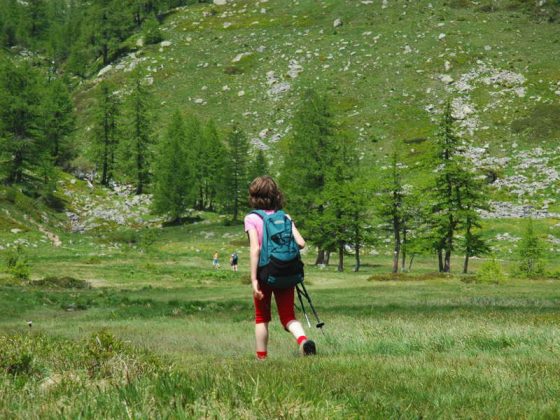The route along the Forcola Pass, a link between Valchiavenna (Gordona, Mese and Chiavenna) and the Mesolcina Valley (Soazza) was known and practiced, since the Middle Ages (and probably even before), for military purposes.
In 1600 and 1700 the mule track was then extended and frequented by merchants who, not being able to pass through the lands of the State of Milan, wanted to trade with the Swiss countries and the Republic of Venice. In this period the itinerary was called “via del sale” (salt road) and used for a long time as a natural continuation of the Priula road (the road that connected Bergamo to Morbegno and continued eastwards).
Rather macabre memories linked to the 1600 plague period can also be traced back to Via della Forcola: along the road, at the entrance to Chiavenna, there is still a drawing of a key carved into the stone – the so-called “Key of the Plague” – a place where, according to tradition, the guards prevented beggars, suspected of contagion, from entering the city.
